What is Street Photography
I believe, to distinguish True Street Photography it is worth to take a look at its fellas:
Photo Reportage
There are two divisions in reportage photography: photojournalism and documentary. These are identical mediums and could submerge one into another, yet conveying the different messages.
Documentary
Documentary photographers reveal Life over the certain period of time.
They show different layers of Life, different situations, subjects, actions and results - facets of daily experiences and emotions of people who come under the photographer's gaze.
Collaborating on the book "An American Exodus" between 1935 and 1939, Lange travelled extensively for the Farm Security Administration, for which she made many of her best-known photographs, including "Migrant Mother". In 1941 Dorothea Lange received the first Guggenheim[1] Fellowship awarded to a woman...
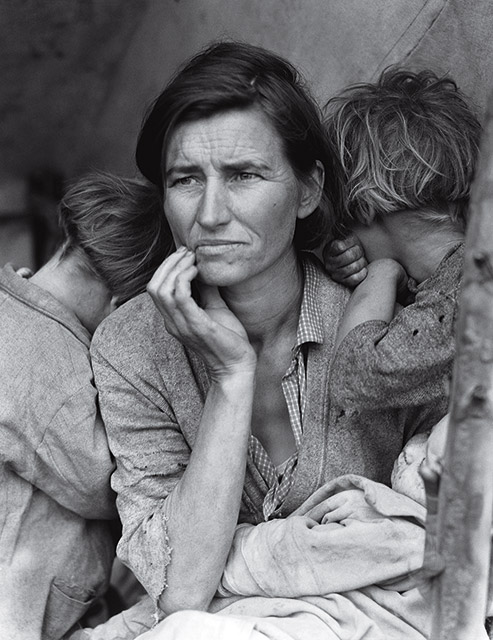
There are much more behind the events that we got used to see in News. There is more than just an angry crowd, there is more than a ship with drowning refugees, there is more than rhino without the horn, etc. There is always WHAT and WHY behind. The consequences and an impact on others often remain behind the stages. Life around is an area of the Documentary photography.
Photojournalism
Obviously, the epicentre of an event is a field for Photojournalism.
The direct event happening here and now. Hot news, the peak of emotions and bloody drama.
Below is iconic photo by Eddie Adams considered one of The Most Influential Images of All Time[2]
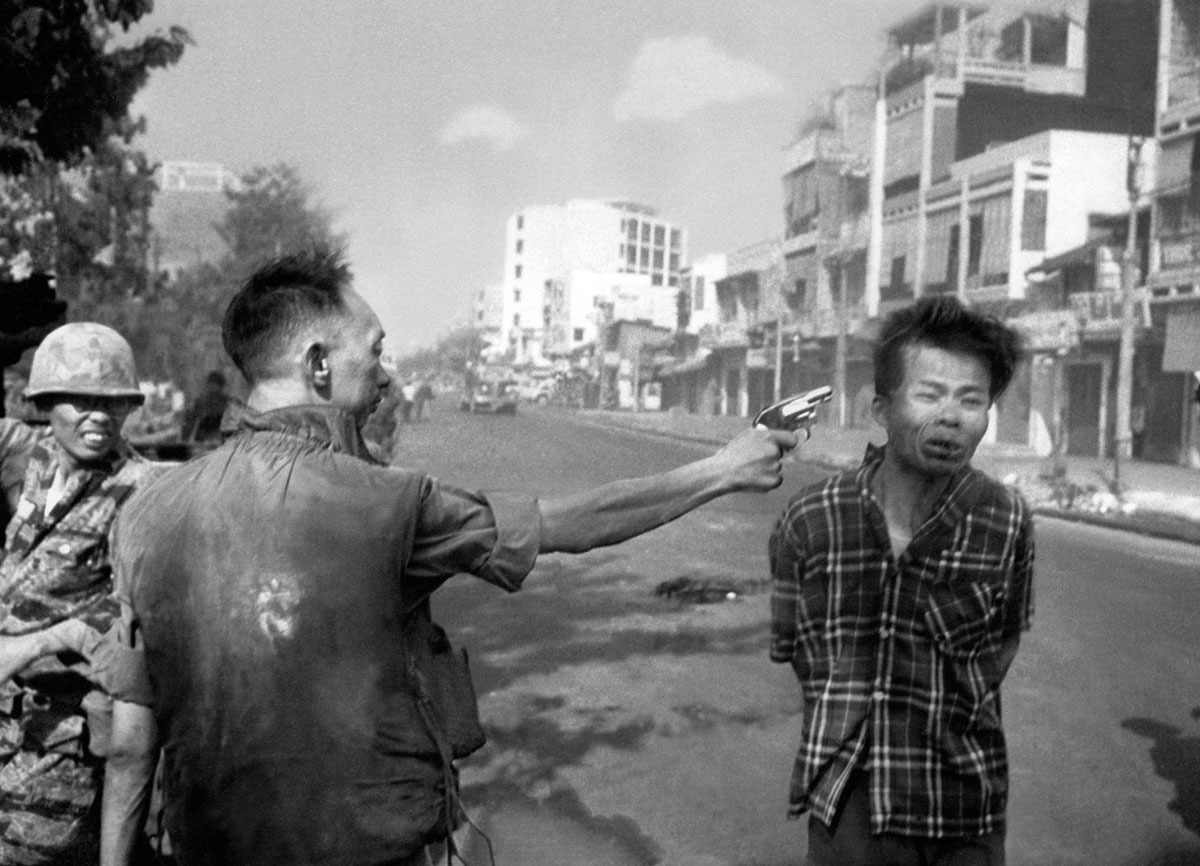
Instinctive reaction and the speed matter in photojournalism. Disaster areas, extreme tragedies, historical agreemens, world summits, massive parades, etc.
These are instantaneous reports revealing particular evens all over the world.
Here is the one of not many Pulitzer winning photographs that depicts hope and joy.
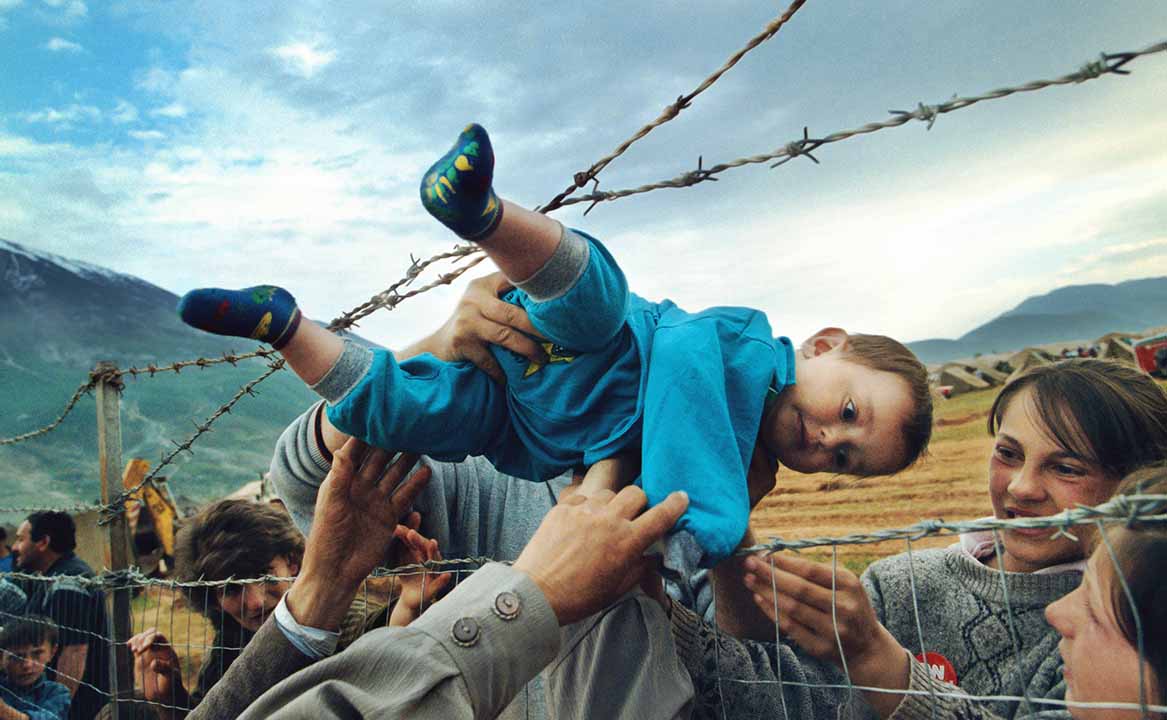
Both documentary and photojournalism have to be candid and fall under the core ethical standards. In its pure form and from my point of view: reportage has to come from a point of honesty. Otherwords, there is no room for staged photography in photojournalism and the only acceptable place for it is 'documentary portraiture'.
Conceptual photography
Conceptual photography is a type of photography that illustrates an idea. The photographer is trying to create a story in your head via the complemented single image. Conceptual Photography derives from Conceptual Art[3] and is staged in the most of cases. It's widespread term in Fine Art[4] photography that refers to work that is preconceived (rather than spontaneous).
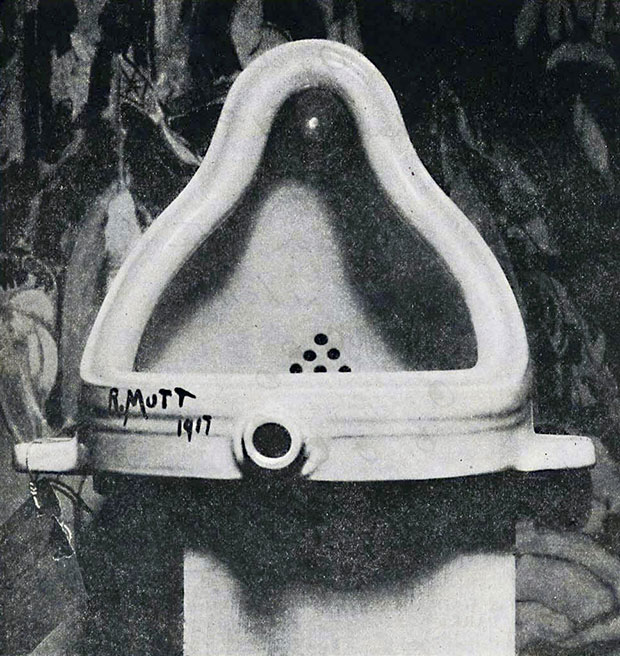
IMHO, this photograph perfectly describes the Conceptual photography within Conceptual Art. Alfred Stieglitz (ref. wiki) photographed Marcel Duchamp’s readymade 'Fountain' (made from a urinal), for an exhibition in New York. The original Fountain was lost, yet the photographs of it by Stieglitz have become works of art.
Another good example is John Hilliard Sixty Seconds of Light 1970[5] - the sequence from 12 photographs that represent a standard photographic dark-room clock photographed against the wall in 5sec. time interval with the corresponding length of exposure:
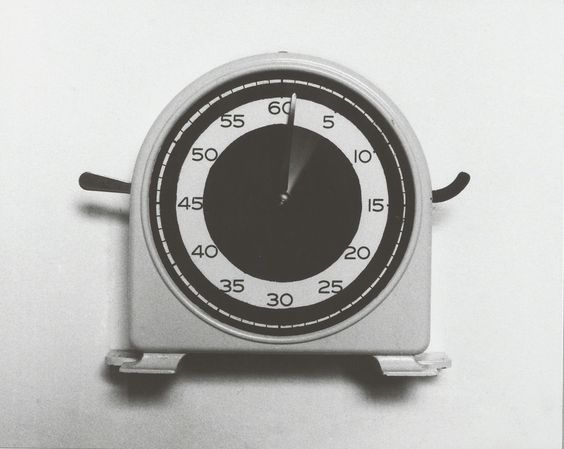
Street photography
The general definition is: Street photography is a candid photography made in a public place.
"Liberty it's a strict frame of reference with all the variations inside the frame. And this is a structure which is essential." — Henri Cartier-Bresson
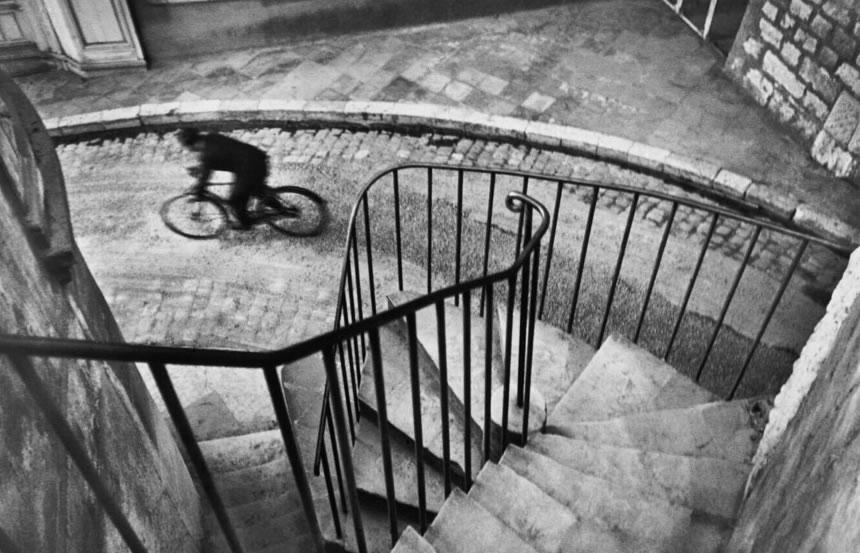
While "not set up photography made in a public place" is quite a vague concept, at least it could eliminate the preconceived notion that Street photography has to be made Only on the Street - No it has Not.
Although the photo was made on the street it doesn't mean that it's Street photography. For example, a vast amount of people take photographs on vacation while travelling, those are not Street photographs. Even many Street photographers often present Travel photographs claiming that those are Street ones.
Street photography Lays on the Edge of genres.
"I'd take the subway into the city with five rolls of film, get out on the street, and just shoot." — Richard Sandler

Street photography stays close to Documentary photography in terms that it's a not set up photography that record's people's Life. Yet it conveys different thoughts.
While documentary photographers most of the time approach the subject within the scope of the project, street photographers more often rely just on sensitivity and observation within the current environment.
Exact same documentary photograph pulled out of project might be easily considered as a street photograph - some photographers deny such labels at all.
"A Street can be like a Nirvana. It's not a Street it's a Life on the Street and where the Street takes you." — Bruce Davidson
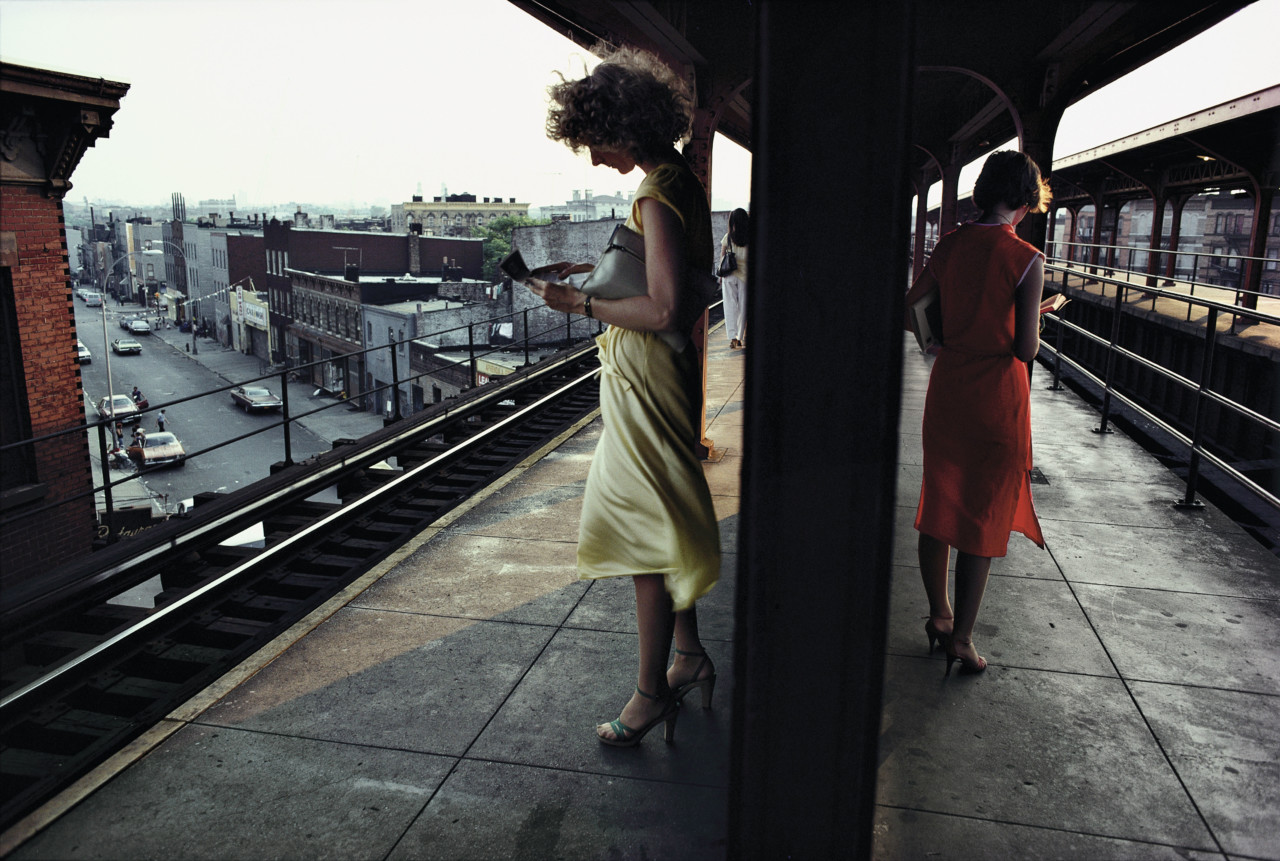
The Best Street photographs are the ones were "the things came together in unity and momentarily coherence was achieved" - rephrases N. Turpin the words repeated by many masters.
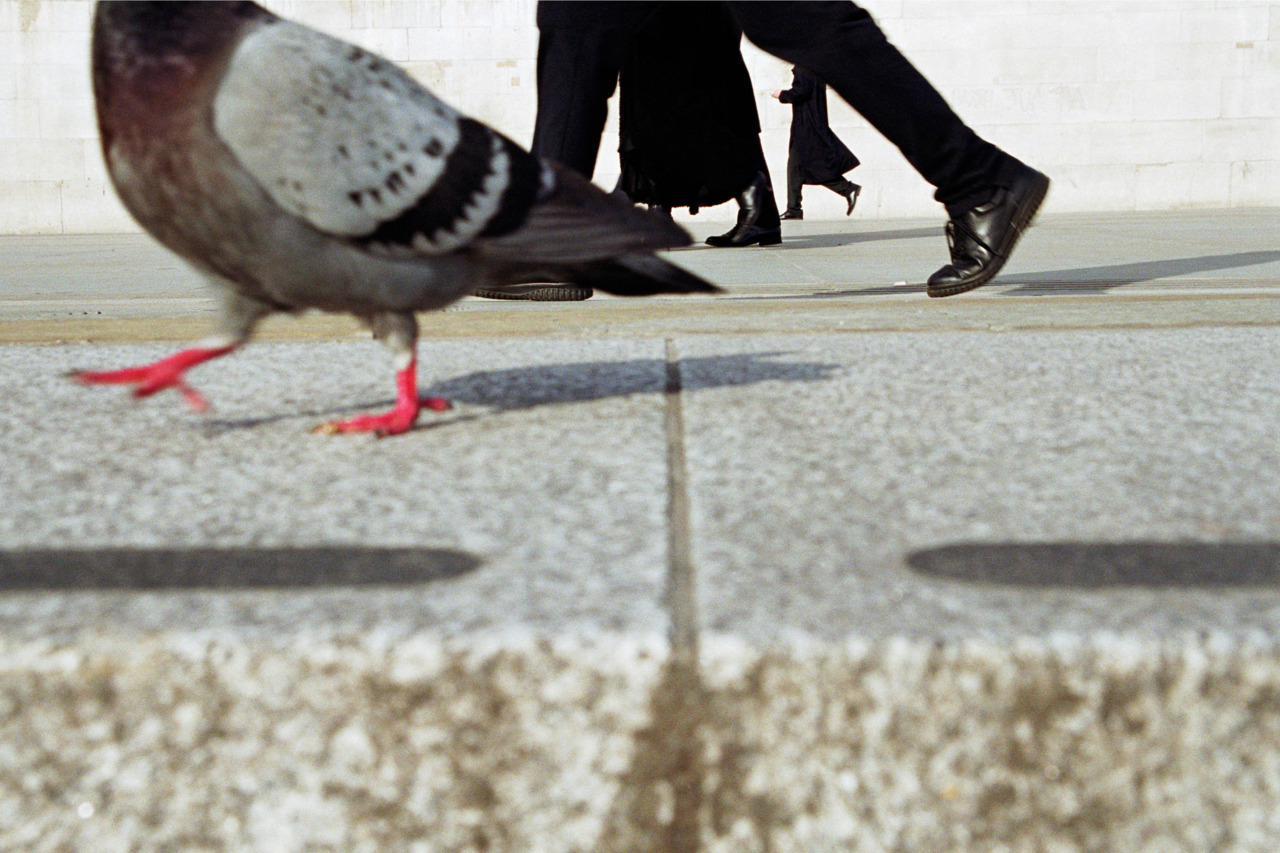
Often street photographs connect through the elements of unpredictability, mystery and multi-interpretation.
“Street photography is an important documentation of our time."
— Jeff Mermelstein
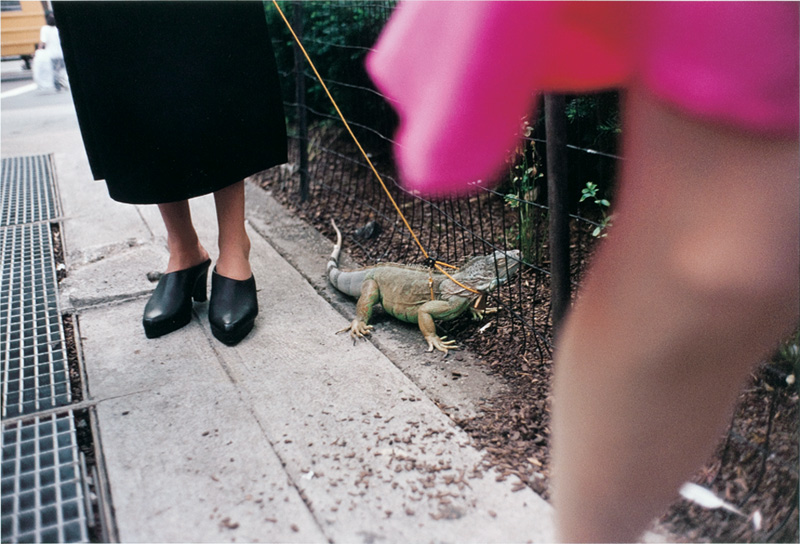
“I believe that street photography is central to the issue of photography—that it is purely photographic, whereas the other genres, such as landscape and portrait photography, are a little more applied, more mixed in the with the history of painting and other art forms.”
— Joel Meyerowitz
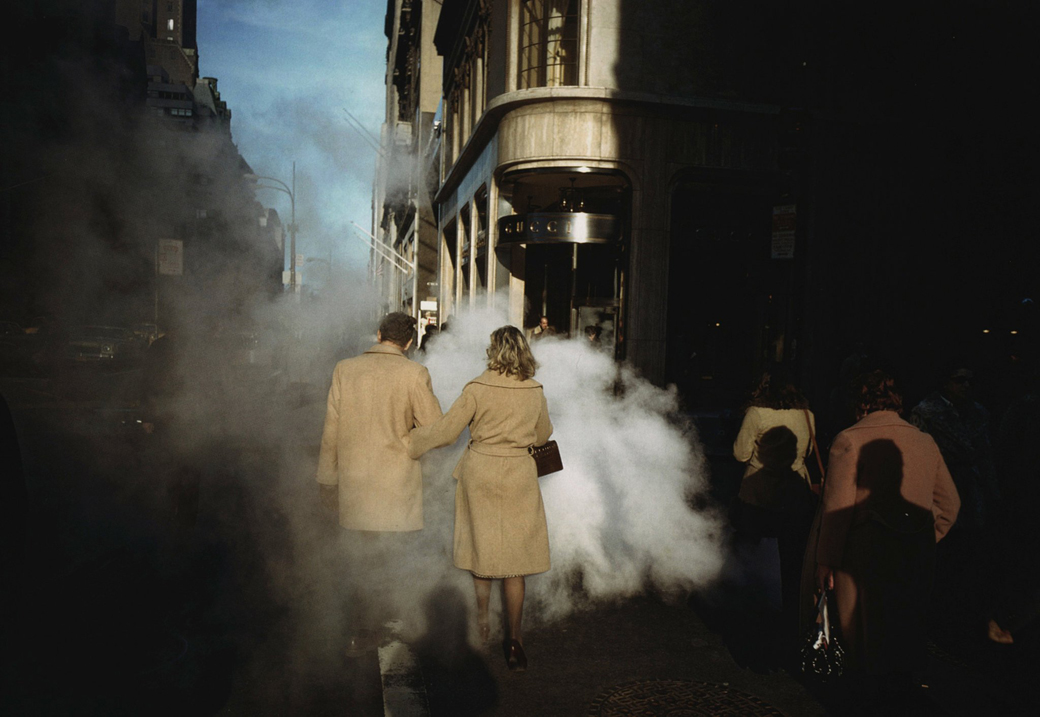
Of course, Nowadays Street Photography is not exactly the same as it was 50 years ago. Stephen McLaren, author of Street Photography Now book makes a great statement on it.
"A good street photograph should tease, puzzle, reveal, stun, provoke and thrill in equal measure. They should be light in mood but dense in emotion, hard to read but easy to enjoy. Above all they should have the WTF factor. Life isn't easily interpreted and neither should photographs which are derived from it".
— Stephen McLaren
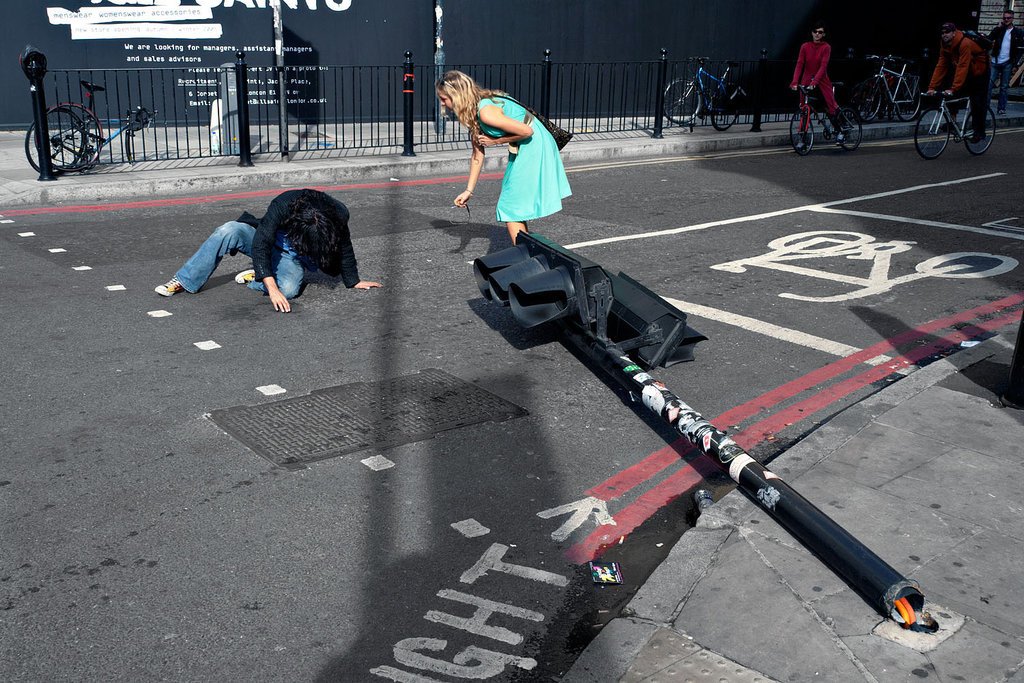
While 20th-century Humanist Photography[6] masters tried to show the nobility of the common man and this lyrical style of reportage almost always contained the humans, IMHO, the human presence is not mandatory in street photography. Street photography might be indirect and represent humanity implicitly. It might socially connect with viewer through the consumption objects, animals, street art, symbolism and any kind of objects that metaphorically might be associated with human being or the signs of it.
A good example is William Eggleston. He does not rely particularly on the ultimate decorative thing, which is common in contemporary practice - he is kinda beyond that and photographs on the gap of everything else.
“I want to make a picture that could stand on its own, regardless of what it was a picture of. I’ve never been a bit interested in the fact that this was a picture of a blues musician or a street corner or something. ”
— William Eggelston
"I am at war with the obvious." — William Eggelston
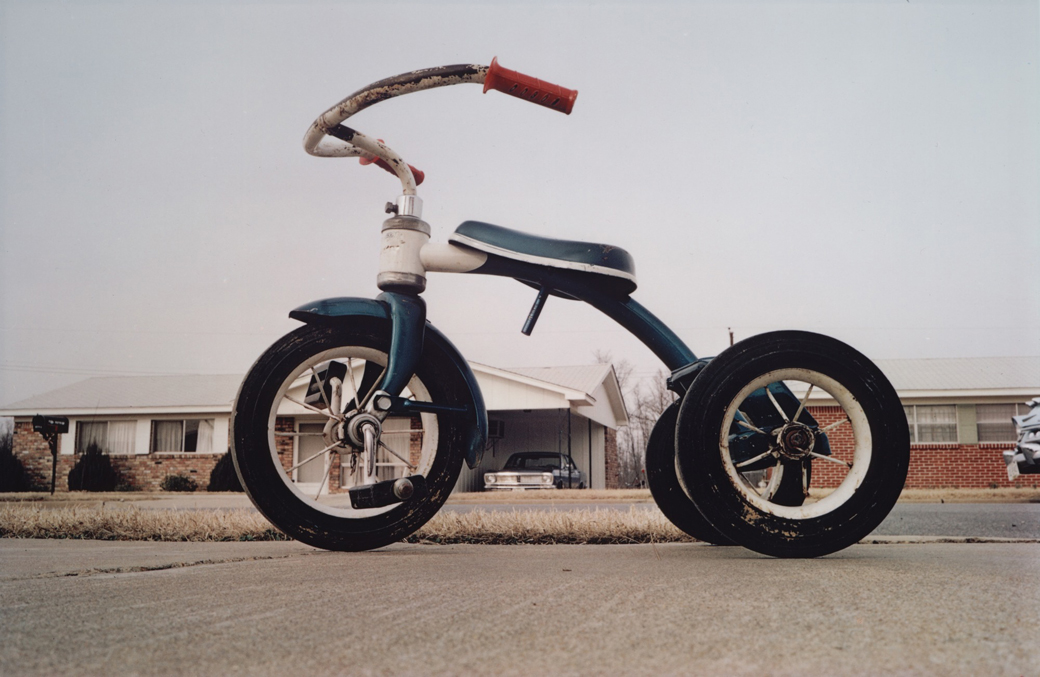
Alex Webb states that street photography is quite fluid and to him it suggests an emphasis on Exploration and discovery with the camera, with little preconception[7].
"A street photographer wanders and responds spontaneously to what he or she finds, rather than consciously searching for specific things, letting the world—and one’s unconscious—lead one where it will. This initial approach or attitude makes street photography different from more directed photojournalism, in which there is a conscious effort to find a “story”—and also makes street photography different from more conceptual photography, in which there is often a preconceived agenda."
— Alex Webb
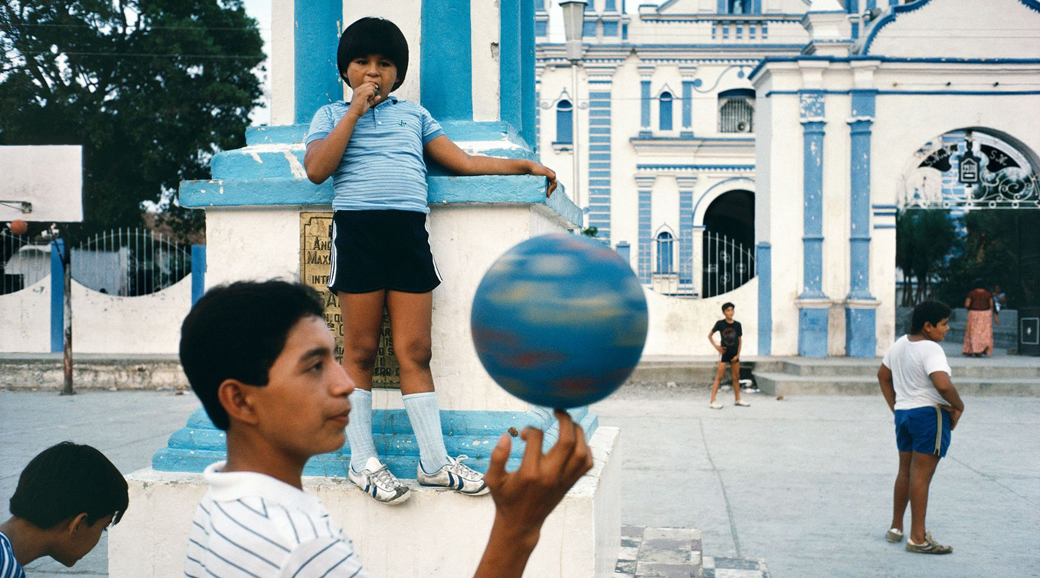
Conclusion
Here is the simplified diagram, that reflects my thoughts on Street photography:
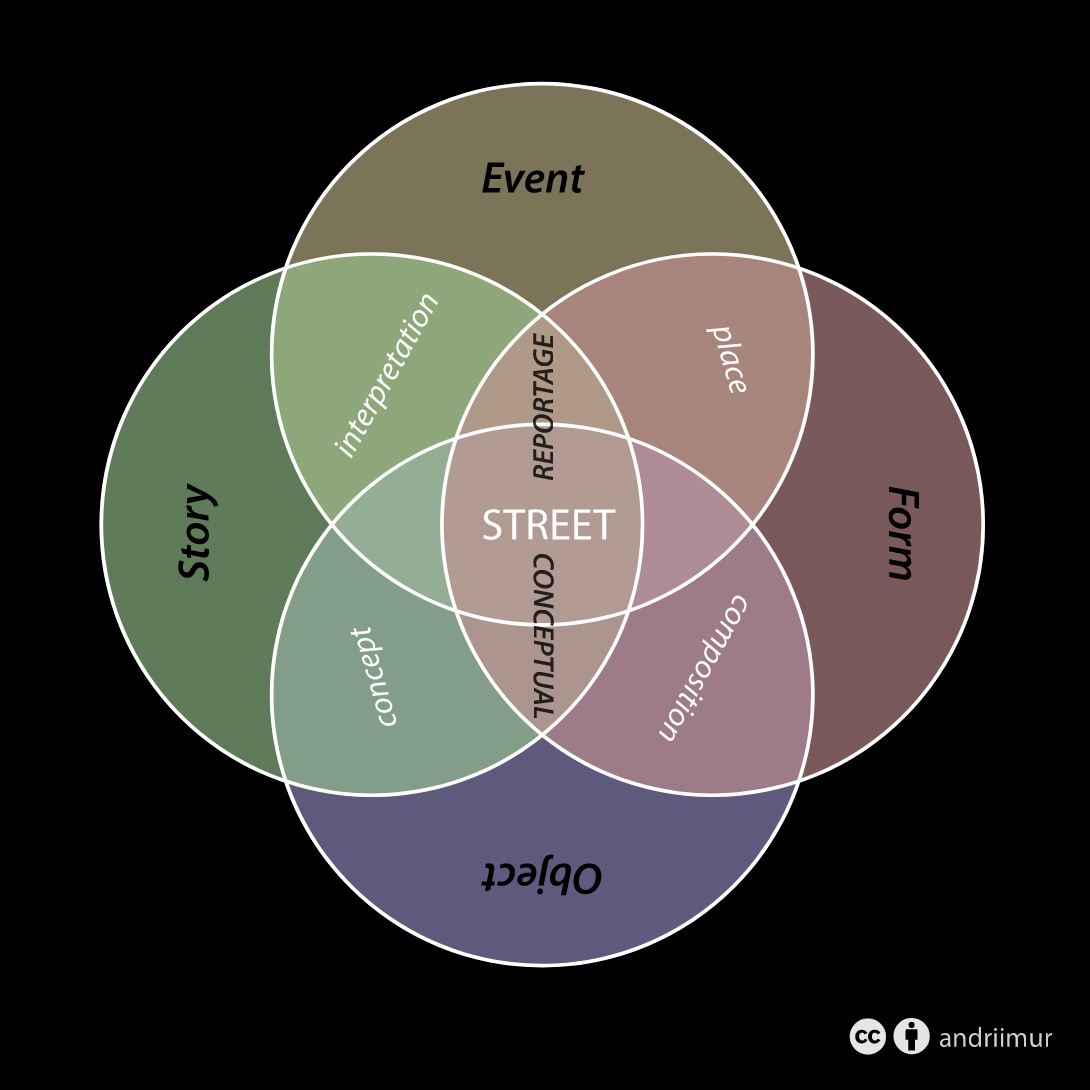
To me, it's that not opinionated impulse is what makes the Street photography unique and genuine form of self-expression. A Good Street Photography Like a Poetry. It does not try to sell us anything, it even does not try to convince that it is beautiful. It just exists for no one and for everyone at the same time.
Street or Not Street...
...it's never-ending holy-war.
Who cares under which category the particular photograph falls dawn?
At the End, the only thing that matters is whether it's Good photograph or Not.
I Hope you enjoyed the reading. Continuing the line that "Photography is a form of Communication" started in What is Photography I've picked screenshot from the Denis's Villeneuve Arrival movie (ref. IMDb) to avoid you of building any preconceived associations about the topic.
Conceptual Art - art movement of the late '60s' ↩︎
Fine Art - is art developed primarily for aesthetics or beauty and intellectual purposes, unlike a Applied Art which is prerogative of Design area.
Fine Art photography - represents subjective intend of photographer and stands in contrast to representational photography (e.g. photojournalism), which is focused on objective reality and commercial photography (e.g. fashion photography), which is focused on product advertising. ↩︎John Hilliard Sixty Seconds of Light 1970 - The Tate Gallery ↩︎
Humanist Photography - social documentary phtotographic movement submerged from photojournalism in mid-20th-century. Most strongly associated with Europe (particularly France) concerned more broadly with everyday human experience, to witness mannerisms and customs, than with newsworthy events. I would say in a sense of compassion and mutual understanding. ↩︎
Photographers On What “Street Photography” Means To Them - PDN ↩︎